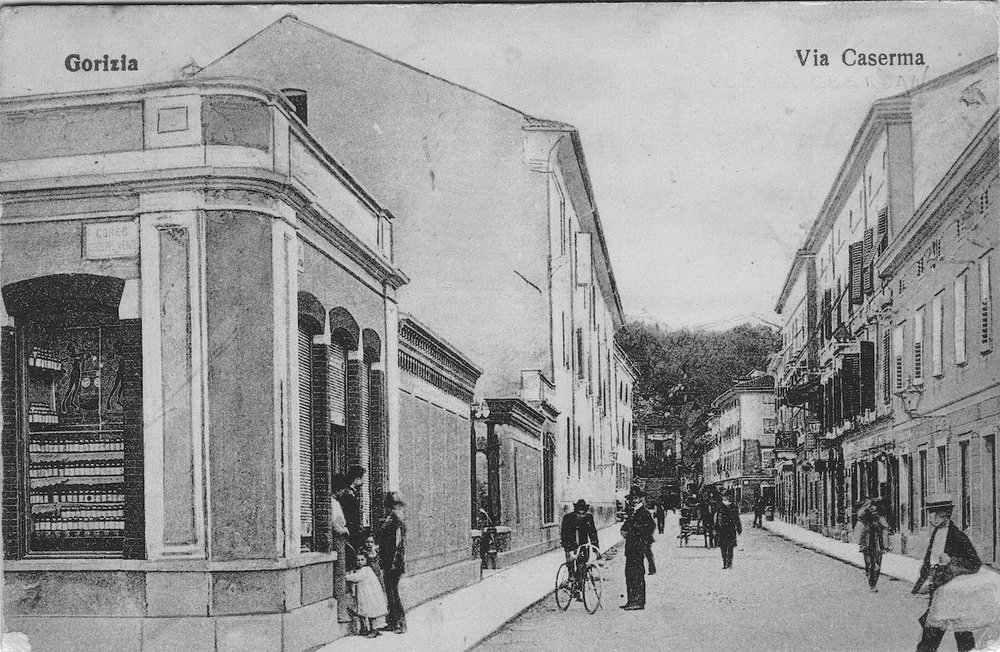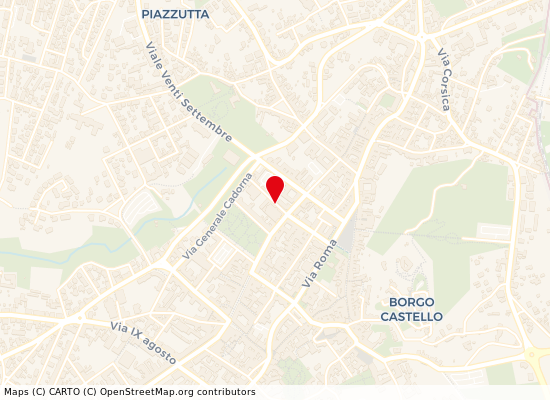



"Casa del Soldato" ("Soldier House") was a wooden construction conceived as a meeting, aggregation, refreshment and entertainment place, available to the troops, almost a "Working Men's Club" where you could stop at the bar or play cards. In the sixties, the headquarters of the "Banca Cattolica del Veneto" (a Bank) were set up in this place; the Stone Lion is still there, but not the inscription. By Architect Mario Baresi (1909-1994), it dialogues successfully with the opposite Palazzo delle Poste e Telegrafi thanks to the terracotta cladding of the facades, the white stone of the basement and the angular retreat.
The new Covered Market was built in 1927, designed to replace the previous one that was on the site of the present-day Palazzo delle Poste ("Post Office Building"Jand which was destroyed during the First World War.
By Riccardo Del Neri (1896 -1964), it's a splendid example of a very late Liberty that should be preserved as it is, with the original iron banquets dyed in green enamel and the paving in cement block tiles from the "Maroni" company.
A plaque at the entrance recalls the 1984 restoration by architect Willy Riavis, during the period of Ferdinando Visintin as Municipality Chief Engineer.
The Palazzo delle Poste e Telegrafi ("Post Office Building") was inaugurated on October 28, 1932. Built on the site of the Covered Market bombed in 1916 and rebuilt ten years later on the other side of the intersection, it is a fine work by Angiolo Mazzoni (1894 - 1979), chief engineer of the Railways to which the Post Office was merged. The Palazzo is an exemplary work of rationalist architecture in brick and Vallone stone from the "Cotti di Savogna" Company, undoubtedly influenced by the restless forms of Berlage's Dutch architecture. The building's volumes are coiled in the tower on which is the lay bell tower, symbol of the Italy's squares of the Municipalities era, with the luminous red color of the clock spheres. In the interior are preserved the monumental San Cristoforo mosaic by Matilde Festa Piacentini, glass lamps by venetian Venini, frescoes by Guido Cadorin and "industrial" canvas by Edoardo Del Neri.